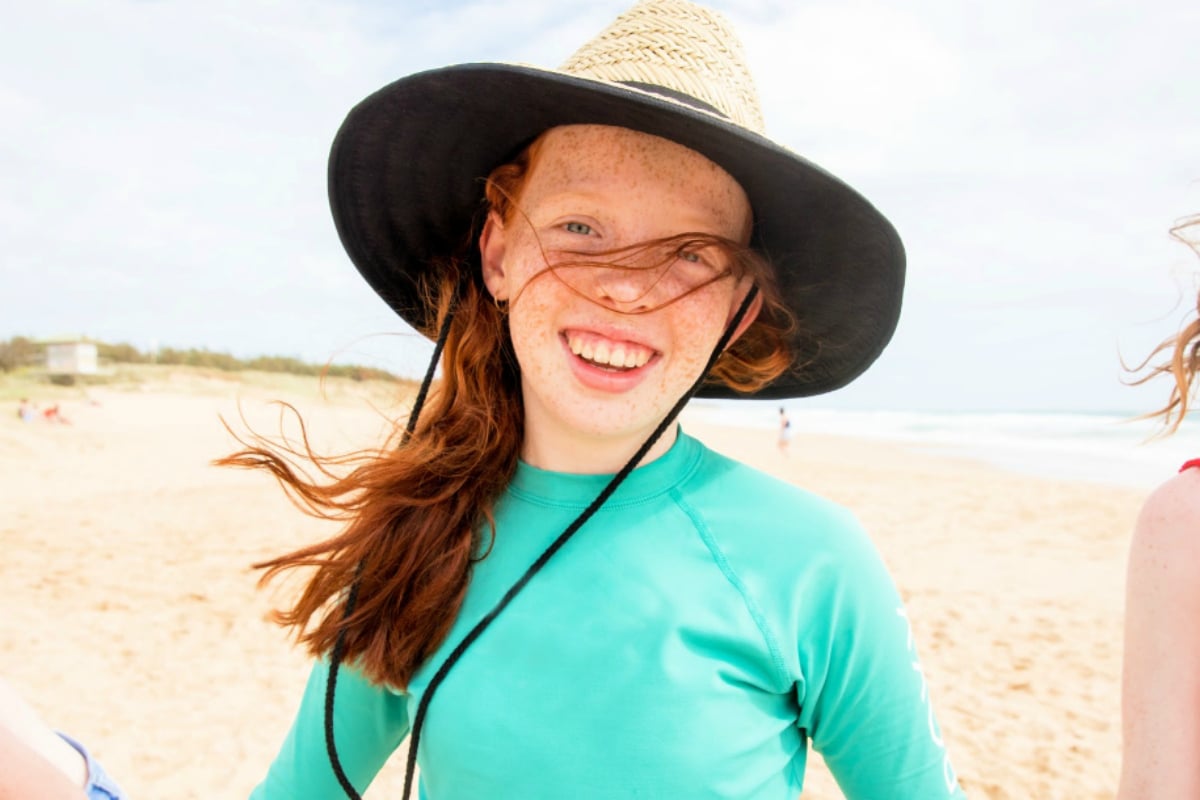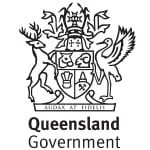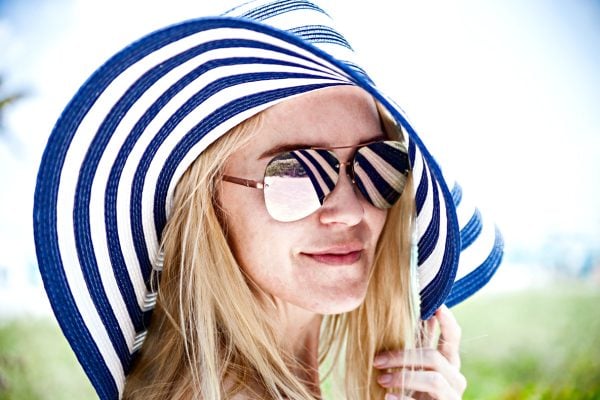

I grew up in Queensland.
I was part of the generation who never wore hats, ever.
We slathered ourselves in baby oil and spent way too long in the sun without sunscreen and thought we were cool.
Little would I know that 30 years later, I would need to get a basal cell carcinoma removed from the inside of my eye socket, because I didn’t pay attention to my own safety in the sun.
My childhood and young adulthood of sun exposure has meant that now I’m vigilant with protecting myself from UV radiation (ultraviolet radiation), as decades on I know the damage that I have incurred, and what I keep incurring if I don’t follow the very simple life-saving advice 12 months of the year, every day: slip, slop, slap…and now seek and slide.
Of course we know the first three: slip on protective clothing, slop on sunscreen, slap on a wide-brimmed hat. And the lesser-known ones are these: seek shade and slide on protective glasses.
Many people think that UVR damage is related to the heat of the sun. It isn’t. You are still at risk of UVR damage to skin and eyes in the cooler months.
You see in Queensland, UV levels are high enough in winter to still significantly damage your skin during any daylight hours – as early as 8am. In Queensland, the UV Index is three or above every day, all year round. During winter, the UV Index is typically between four and seven, a range that is categorised as moderate to high UVR – which explains why you might get sunburnt during winter, even on an overcast or cool day.

